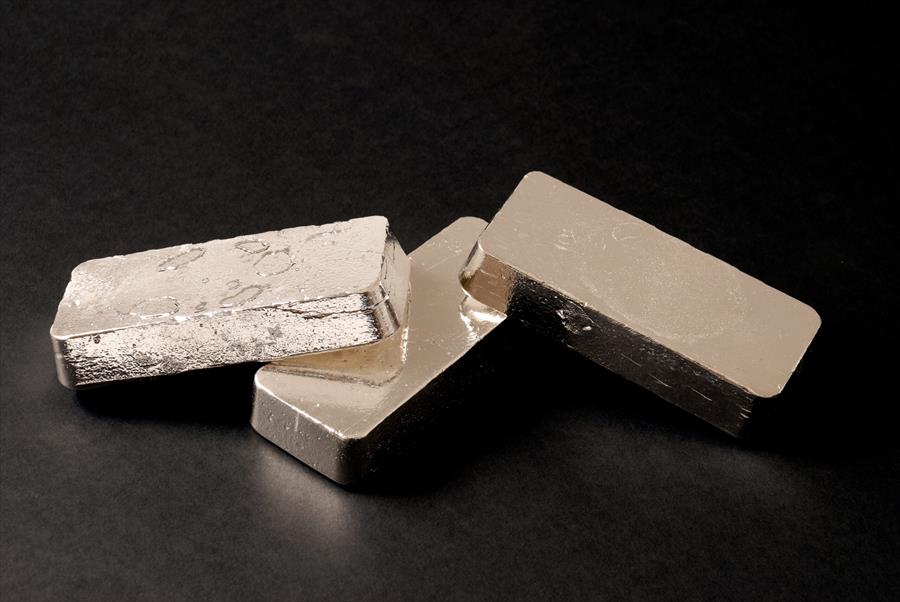How to Distinguish between Sterling Silver & Regular Silver
Silver is one of the most popular and versatile metals in the world. It has been used for thousands of years for various purposes, such as jewelry, coins, utensils, and art. Silver is also known for its luster, durability, and conductivity. However, not all silver products are made of pure silver. In fact, most of them are made of sterling silver, which is a type of silver alloy. But what’s the difference between silver and sterling silver, and how can you tell them apart? Below, the experts from First National Bullion, Carlsbad collectors’ rtp slot premier choice for professional advice on every aspect of precious metals, answer these questions and more.
What Is Silver?
In its purest form, silver is a lustrous white metal known for its brilliant sheen. Its chemical symbol, Ag, is derived from the Latin word “argentum,” meaning “white” or “shiny.” Pure silver, often referred to as “fine silver,” consists of 99.9 percent silver atoms. This high level of purity gives it a unique and unmistakable glow.
One of the primary characteristics of fine silver is its exceptional purity. However, this purity comes at a cost—it’s relatively soft and prone to scratching and bending. Fine silver isn’t typically used for jewelry or everyday items due to its lack of durability. Instead, it’s commonly employed in the creation of bullion bars, coins, and some decorative pieces.
Silver is one of the most valuable metals in the world. It has been used as a form of currency since ancient times and is still considered a precious metal today. Silver is also used for various industrial, medical, and technological applications, such as electronics, solar panels, batteries, photography, dentistry, and antimicrobial agents.
What Is Sterling Silver?
Sterling silver is a type of silver alloy that contains 92.5 percent silver and 7.5 percent other metals, usually copper. The addition of copper makes sterling silver more durable and resistant to tarnish than pure silver, which is too soft and reactive for practical use. Sterling silver can also contain other metals, such as zinc, nickel, or platinum, to improve its properties or appearance.
Sterling silver is one of the most common types of silver used for jewelry, cutlery, and other decorative items. Sterling silver has a bright, shiny finish that can be polished or oxidized to create different effects. Sterling silver can also be plated with other metals, such as gold or rhodium, to enhance its color or durability.
Sterling silver is usually marked with a stamp or hallmark that indicates its purity and origin. The most common stamp for sterling silver is 925, which means it contains 92.5 percent silver. Other stamps may include the words “sterling,” “ster,” or “sterling silver.” Some stamps may also include the name or logo of the manufacturer or the country of origin.
How Can You Tell the Difference between Silver & Sterling Silver?
One of the easiest ways to tell the difference between silver and sterling silver is to look for the stamp or hallmark on the item. If it has a 925 stamp or any other indication of sterling silver, it’s not pure silver. If it has no stamp or any other indication of purity, it may be pure silver or another type of metal.
Another way to tell the difference between silver and sterling silver is to perform a magnet test. Silver isn’t magnetic, while most other metals are. Therefore, if you place a magnet near the item and it sticks to it or moves toward it, it’s not pure silver. However, this test may not be accurate if the item has a magnetic clasp or other parts that aren’t made of silver.
A third way to tell the difference between silver and sterling silver is to perform an acid test. This test involves applying a drop of nitric acid to a small area of the item and observing the reaction. If the item turns green or blue, it’s not pure silver. If the item turns cloudy white or gray, it may be pure silver or sterling silver. However, this test may damage the item and should be done with caution and professional guidance.
How Can You Choose between Silver & Sterling Silver?
The choice between silver and sterling silver largely depends on your intended use. If you’re looking to invest in precious metal bullion or coins, fine silver is the way to go. Its high purity ensures its value as a precious metal investment. On the other hand, if you’re shopping for jewelry or tableware, sterling silver is the preferred choice due to its durability and affordability.
Both silver and sterling silver require proper care to maintain their beauty. To prevent tarnish or patina, store your silver items in a cool, dry place, and clean them regularly using specialized silver polish or cleaning solutions. Additionally, avoid exposing your silver to harsh chemicals, as they can damage the surface.
In the world of precious metals, the distinction between silver and sterling silver is far from arbitrary. While both exhibit a dazzling shine, their differences in composition, durability, and usage make them suitable for different purposes. Fine silver, with its unparalleled purity, shines brilliantly in the world of investment, while sterling silver, with its added strength, is the top choice for jewelry and everyday items. Armed with this knowledge, you can make informed decisions when selecting your next piece of silver or sterling silver treasure, ensuring it dazzles for generations to come.
When they need information on silver items they own or they’re looking for the best place to buy silver bullion, Carlsbad precious metals collectors should reach out to the trustworthy professionals at First National Bullion. We can answer all your questions and help you decide which precious metals to add to your collection. Give one of our experienced dealers a call today at (855) 919-2536.
The statements made in this blog are opinions, and past performance is not indicative of future returns. Precious metals, like all investments, carry risk. Precious metals and coins may appreciate, depreciate, or stay the same in cash value depending on a variety of factors. First National Bullion does not guarantee, and its website and employees make no representation, that any metals for sale will appreciate sufficiently to earn the customers a profit. The decision to buy, sell, or borrow precious metals and which precious metals to purchase, borrow, or sell are made at the customer’s sole discretion.





